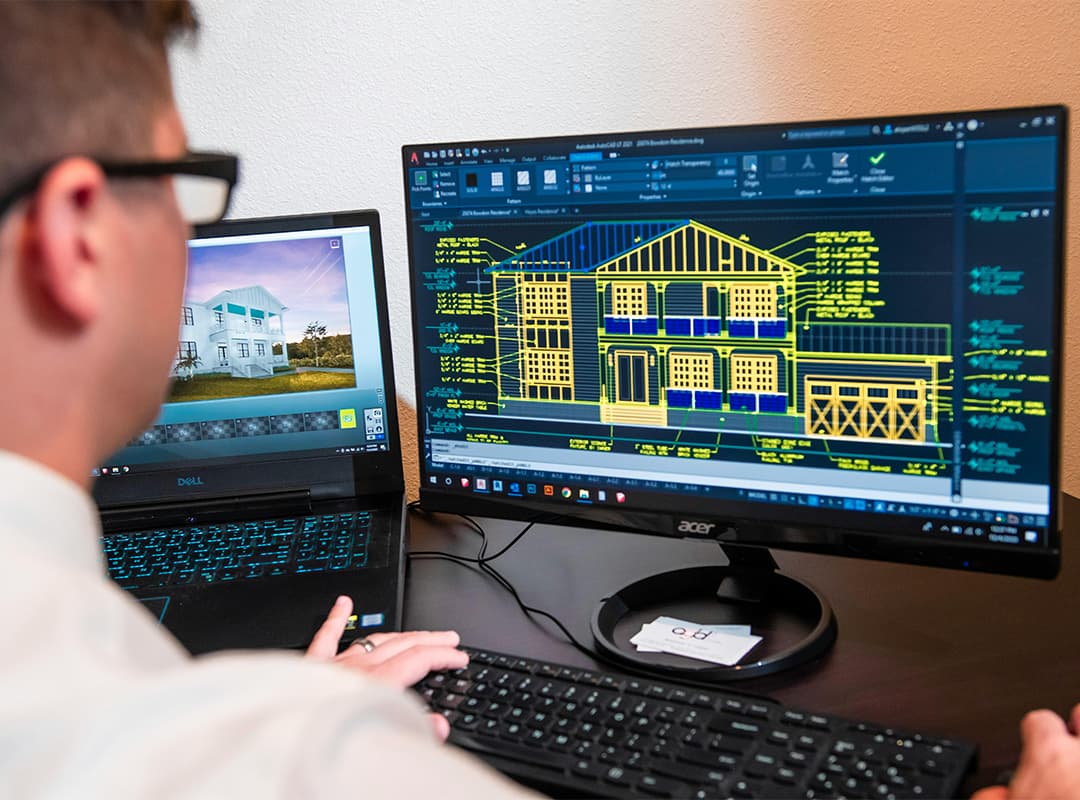Agent-based modeling (ABM) has emerged as a powerful tool for understanding complex systems across various fields, from social sciences to ecology and economics. As artificial intelligence (AI) continues to evolve, the integration of AI techniques into agent-based modeling is transforming the way we simulate and analyze dynamic environments. This article explores the development of agent-based modeling in the context of AI and highlights its applications, including its role in automotive simulation.
Understanding Agent-Based Modeling
Agent-based modeling involves simulating the actions and interactions of autonomous agents within a defined environment. These agents can represent individuals, groups, or entities with specific behaviors, rules, and goals. The primary goal of ABM is to study how individual behaviors lead to emergent phenomena at the system level.
The Convergence of ABM and AI
- Enhancing Agent Behavior with AI
One of the most significant developments in agent-based modeling is the incorporation of AI techniques to enhance agent behavior. Traditional ABM often relies on predefined rules for agent actions. However, by integrating machine learning algorithms, agents can learn from their environment and adapt their behavior based on experience.For instance, in a traffic simulation, agents representing vehicles can use reinforcement learning to optimize their routes based on real-time traffic conditions. This allows for more realistic simulations that reflect the complexities of human behavior and decision-making processes. - Improving Predictive Capabilities
The combination of ABM and AI enhances the predictive capabilities of simulations. By leveraging large datasets and AI analytics, agents can analyze patterns and make informed predictions about future states of the system. This is particularly useful in scenarios where data-driven decision-making is crucial.For example, in healthcare simulations, agents representing patients can be programmed to learn from historical health data. This allows the model to predict patient outcomes based on various treatment options, improving decision-making for healthcare providers. - Facilitating Multi-Agent Interactions
AI advancements have also improved the modeling of complex interactions among multiple agents. In traditional ABM, interactions are often simplified. However, AI allows for more nuanced interactions by enabling agents to communicate, negotiate, and collaborate with one another in real-time.In the context of automotive simulation, for example, self-driving cars (represented as agents) can communicate with each other to coordinate movements, avoid collisions, and optimize traffic flow. This level of interaction enhances the realism of the simulation and provides valuable insights for urban planning and traffic management. - Complex System Analysis
The integration of AI with ABM enables researchers to analyze complex systems more effectively. AI techniques can help identify patterns and relationships within the simulation data that may not be apparent through traditional analytical methods.For instance, in environmental simulations, agents representing various species can use AI algorithms to adapt to changing environmental conditions. This allows researchers to study the impact of climate change on biodiversity and ecosystem dynamics, leading to more informed conservation strategies.
Applications of Agent-Based Modeling with AI
- Smart Cities
Agent-based modeling combined with AI is instrumental in developing smart city initiatives. By simulating the interactions of various urban agents, such as residents, vehicles, and services, city planners can optimize resource allocation, traffic flow, and public services.For example, by incorporating AI-driven agents into traffic management systems, cities can adapt to real-time traffic conditions, improving transportation efficiency and reducing congestion. - Financial Markets
In the financial sector, agent-based modeling is used to simulate market behaviors and trading strategies. AI enhances the predictive power of these models, enabling agents to learn from historical market data and make informed trading decisions.By simulating interactions among traders, market makers, and investors, researchers can gain insights into market dynamics and develop strategies to mitigate risks during volatile periods. - Healthcare
In healthcare, agent-based modeling with AI can simulate patient behavior, treatment outcomes, and disease spread. These simulations can help healthcare providers optimize resource allocation, improve patient care, and develop effective public health strategies.For example, during an outbreak, agents can represent infected individuals and healthcare workers, allowing for real-time modeling of disease transmission and the impact of intervention strategies.
Challenges and Future Directions
Despite its many advantages, the integration of AI in agent-based modeling presents challenges. The complexity of AI algorithms can make models difficult to interpret, and there is a risk of overfitting models to historical data. Additionally, ensuring that agents behave realistically while still achieving computational efficiency remains a critical concern.
Looking ahead, the future of agent-based modeling in the context of AI holds significant potential. As computational power continues to grow and data availability increases, models will become more sophisticated and capable of simulating even more complex systems. The development of standardized frameworks for integrating AI techniques into ABM will also facilitate collaboration among researchers and practitioners across various fields.
The evolution of agent-based modeling in the context of artificial intelligence represents a significant advancement in our ability to analyze and understand complex systems. By enhancing agent behavior, improving predictive capabilities, and facilitating multi-agent interactions, AI is transforming the landscape of simulation across numerous domains.
From smart cities to financial markets and healthcare, the applications of agent-based modeling with AI are vast and varied. As this integration continues to evolve, organizations will be better equipped to make informed decisions, optimize processes, and respond to emerging challenges in an increasingly complex world.
In summary, the synergy between agent-based modeling and artificial intelligence not only enhances our understanding of dynamic systems but also paves the way for innovative solutions to the pressing issues of today and the future.



